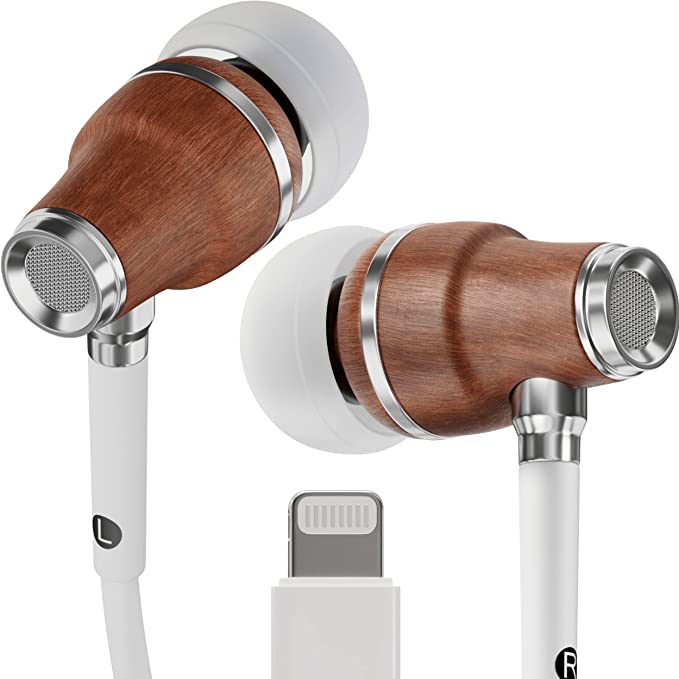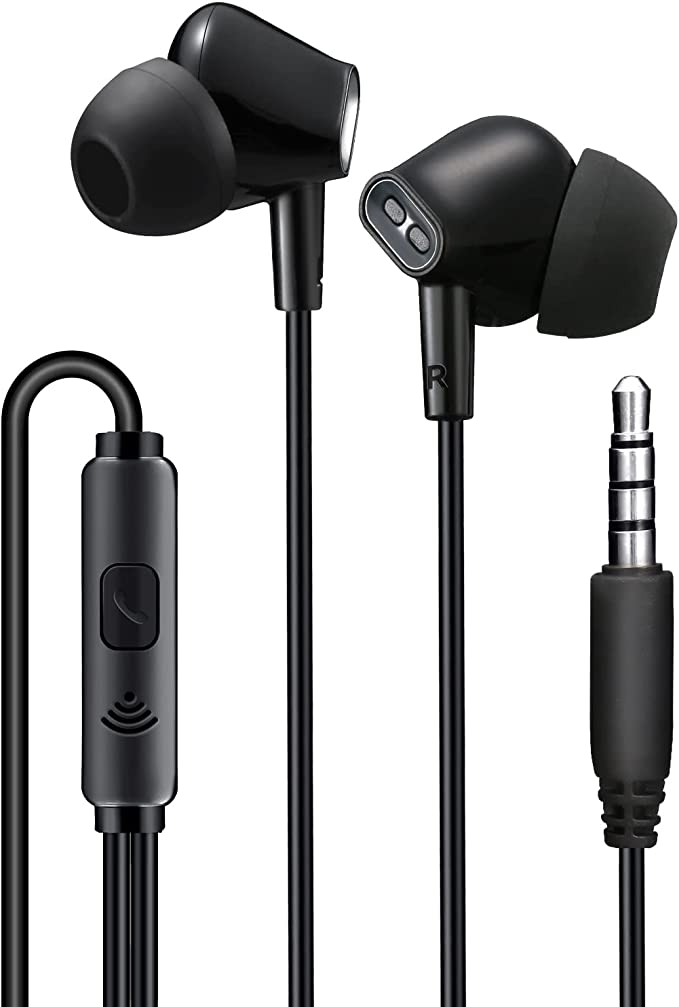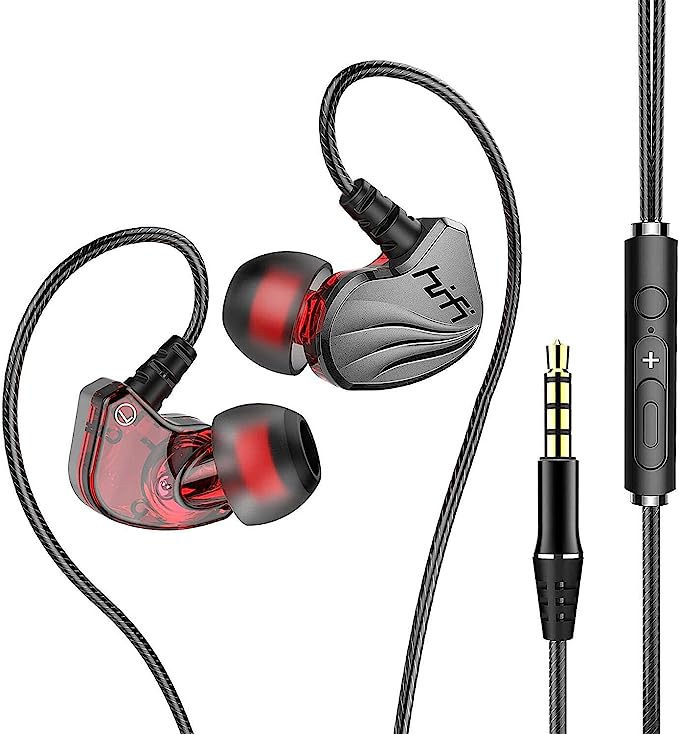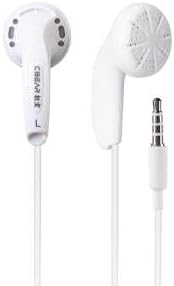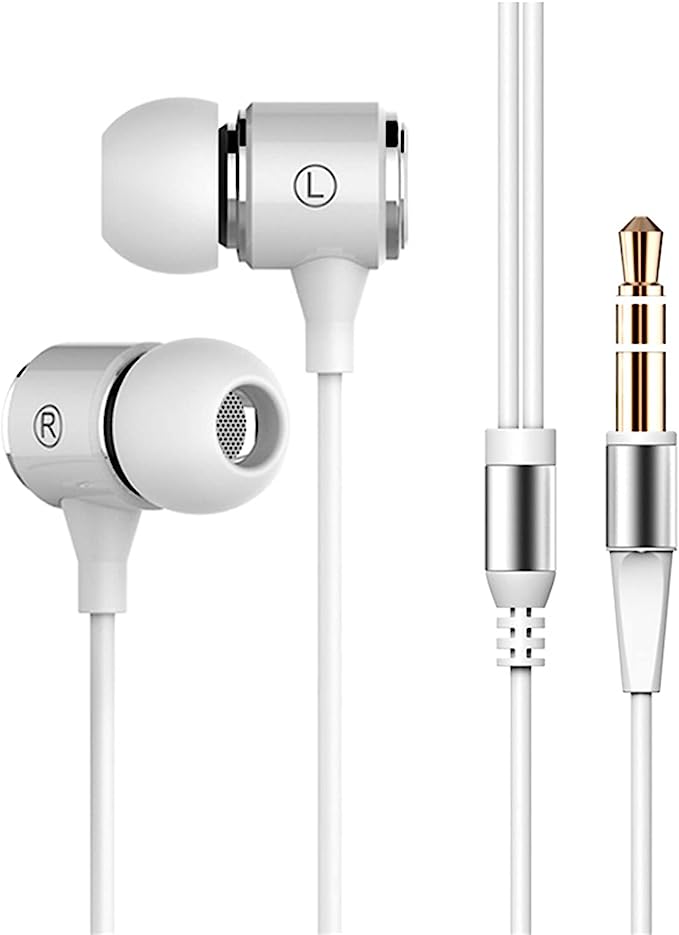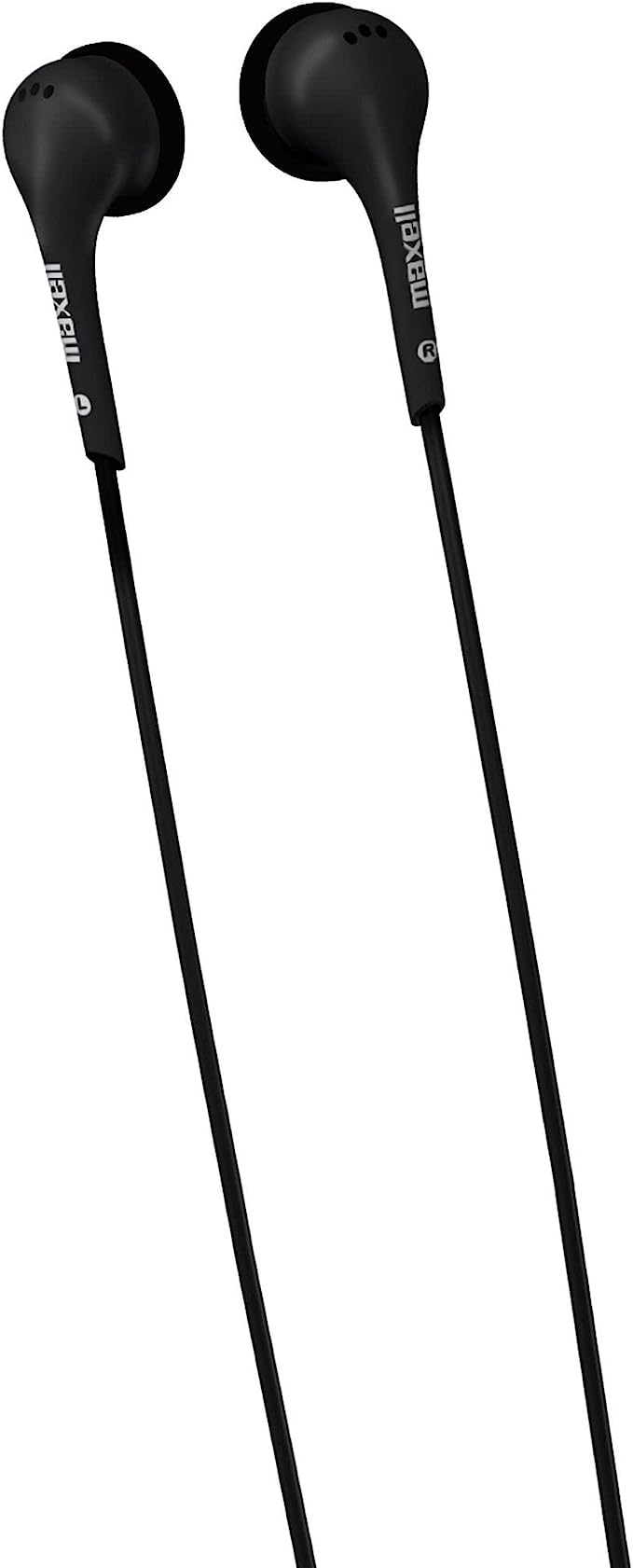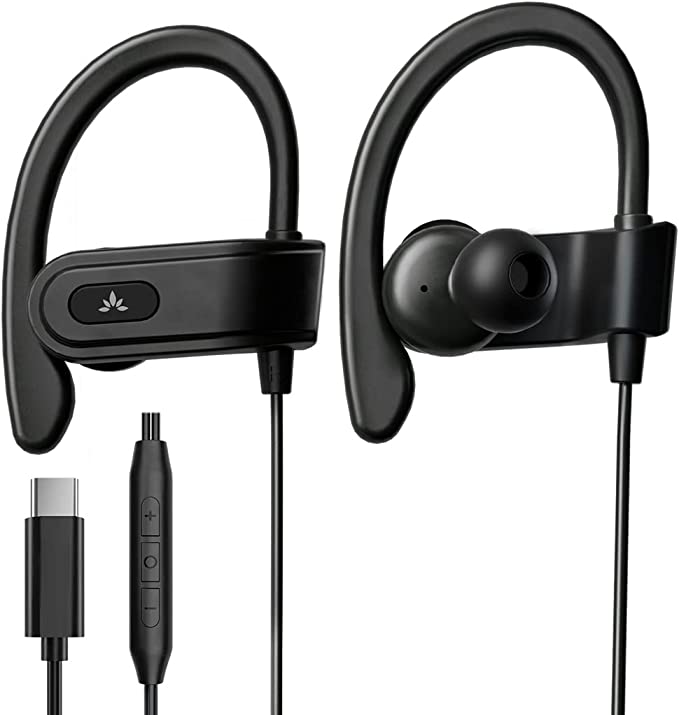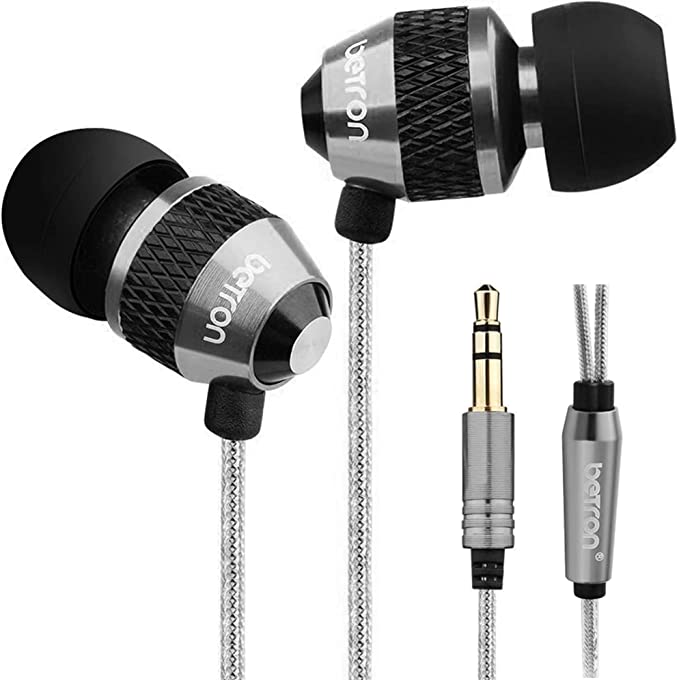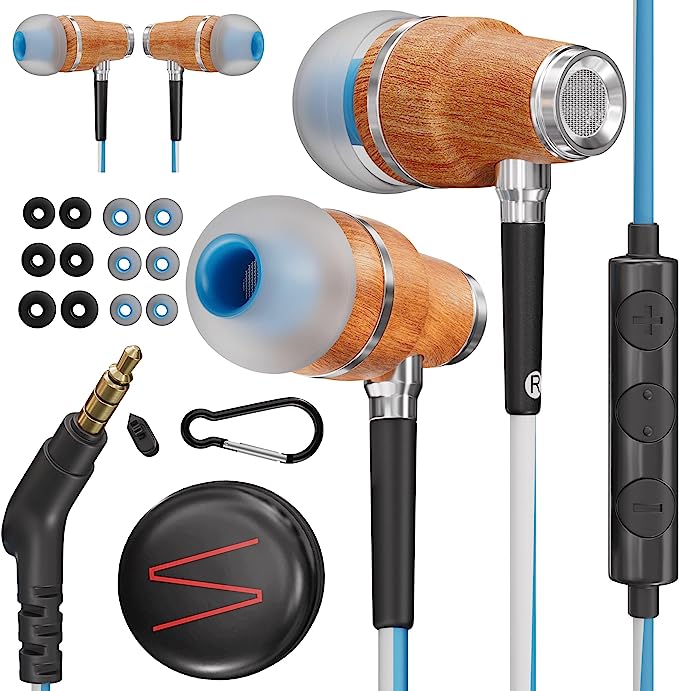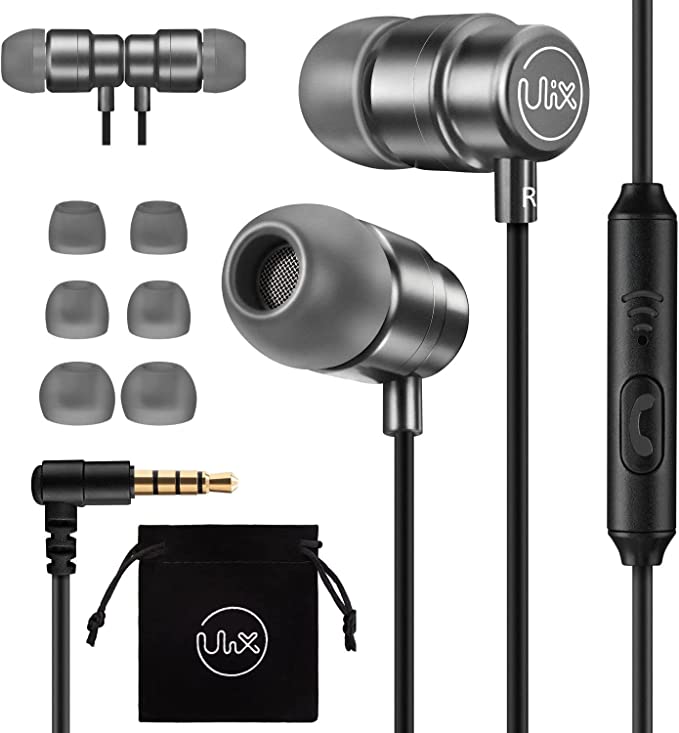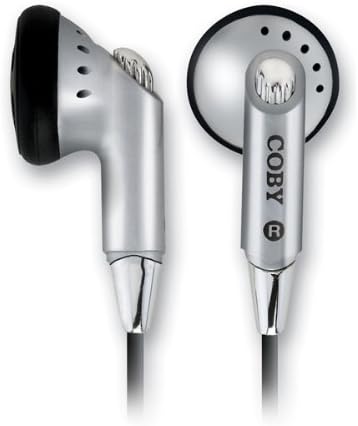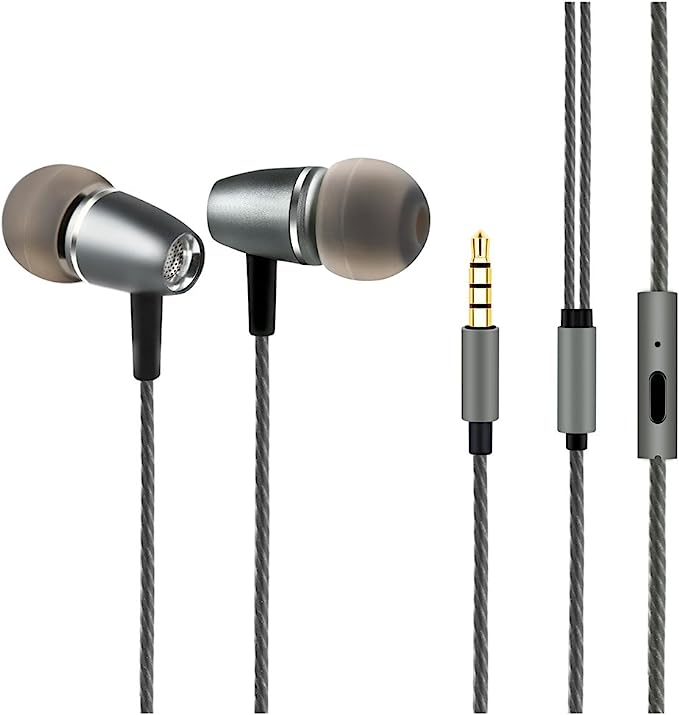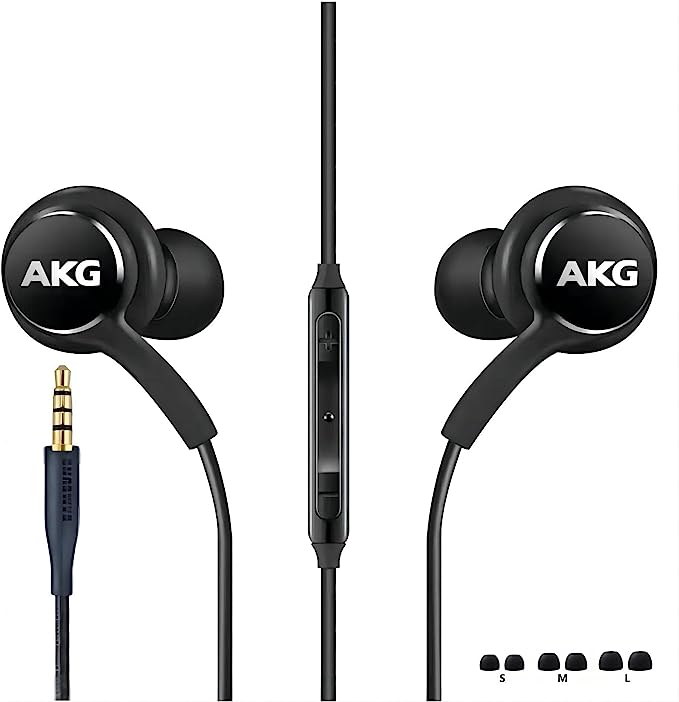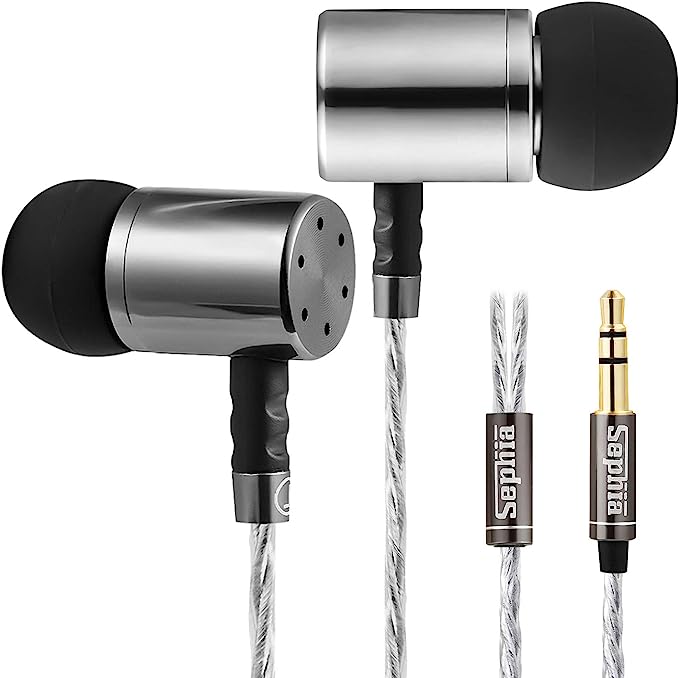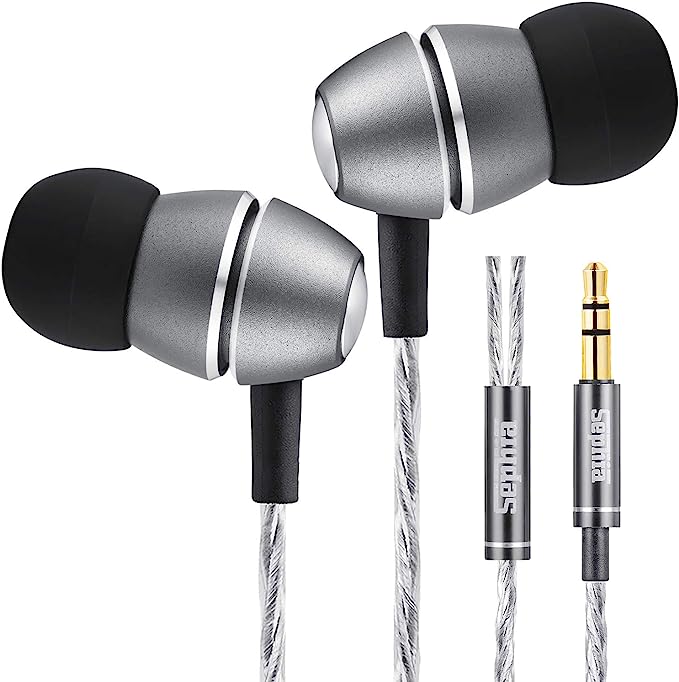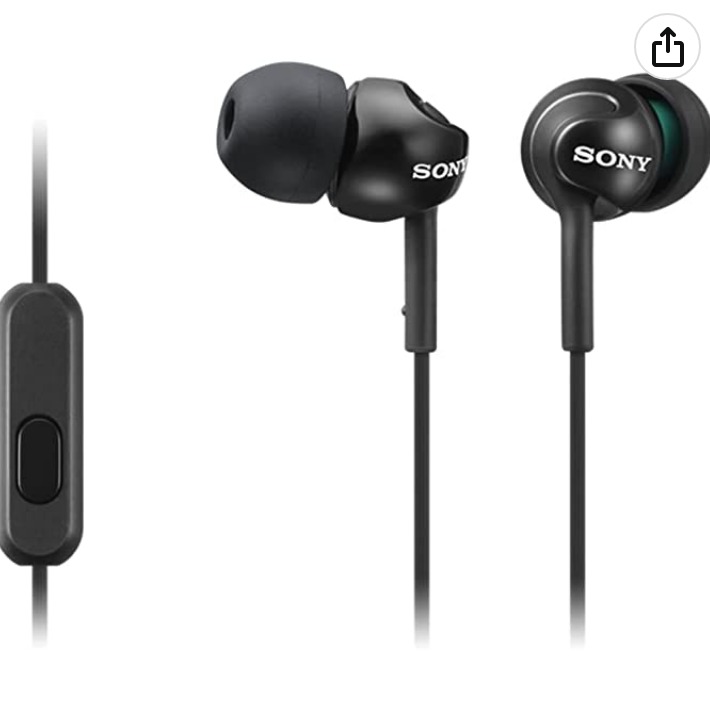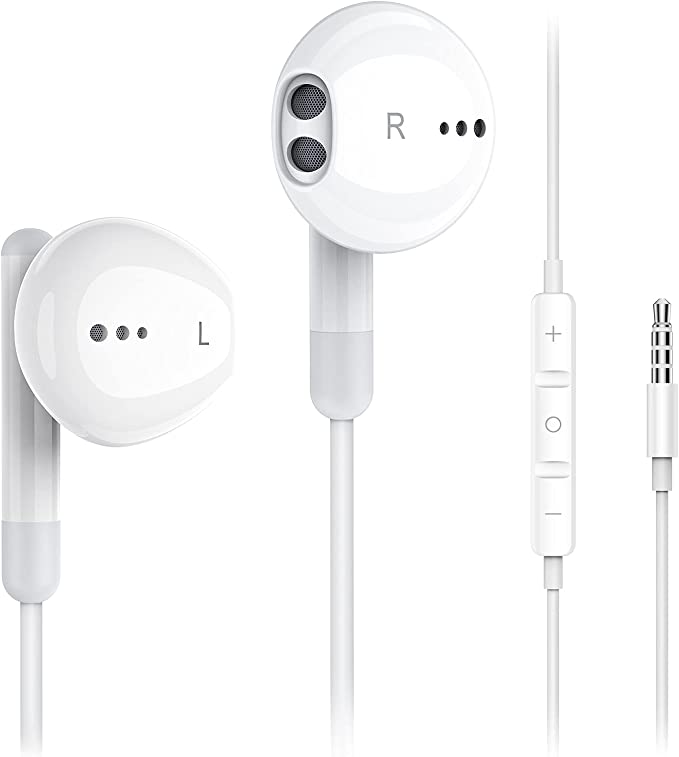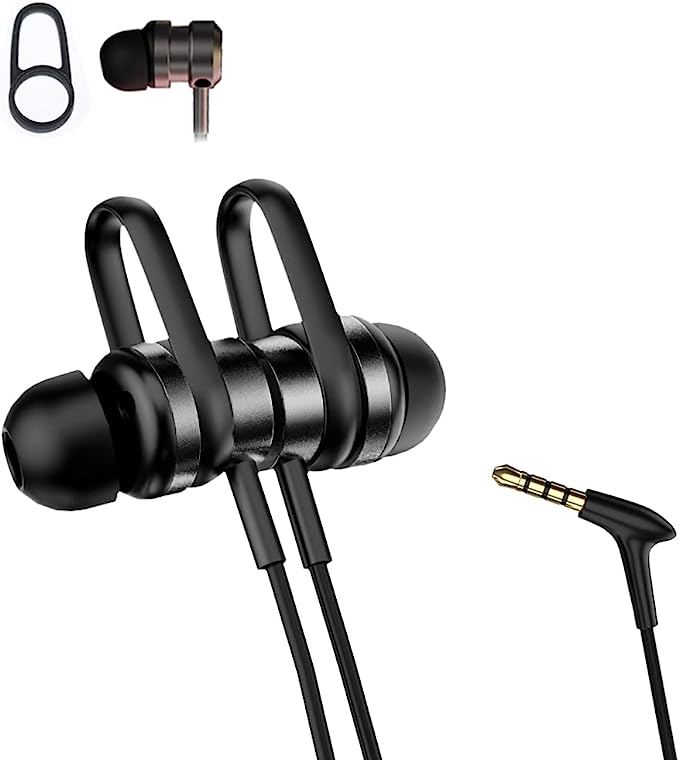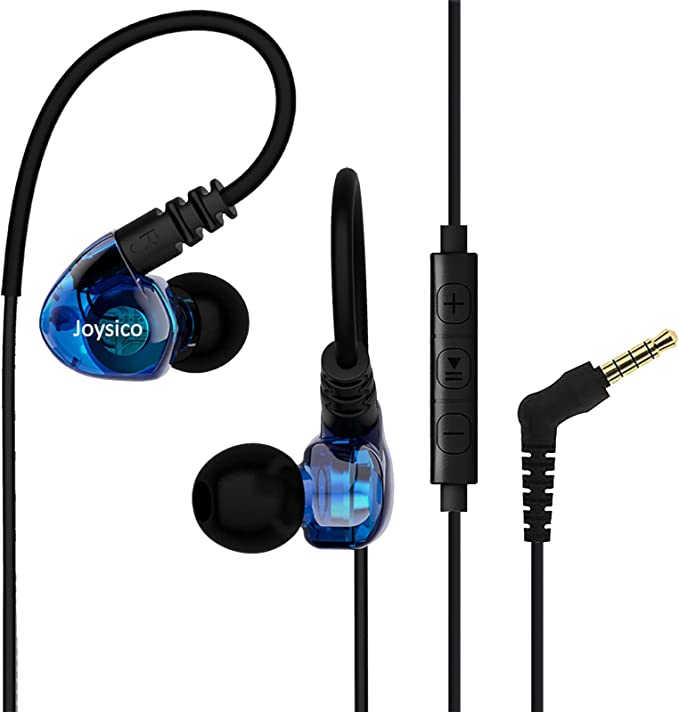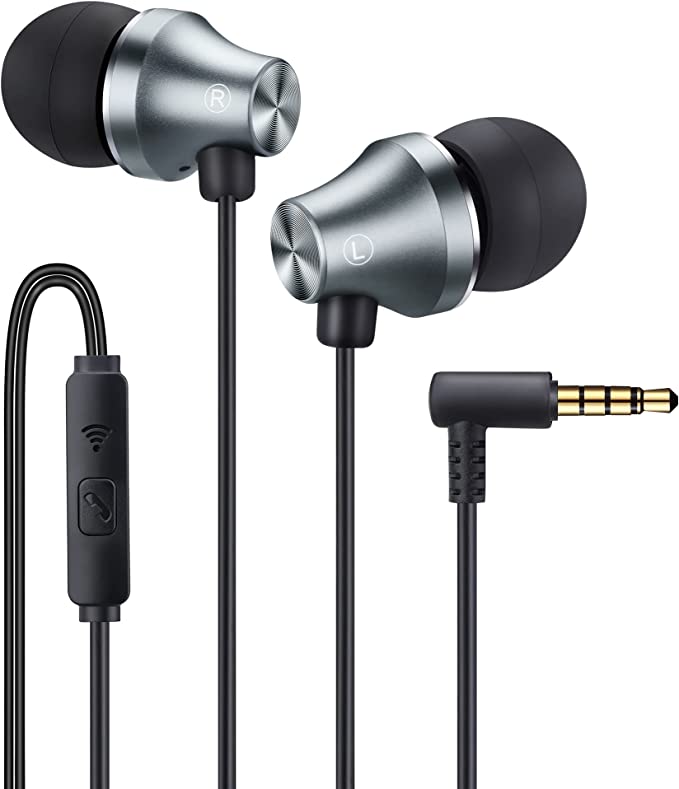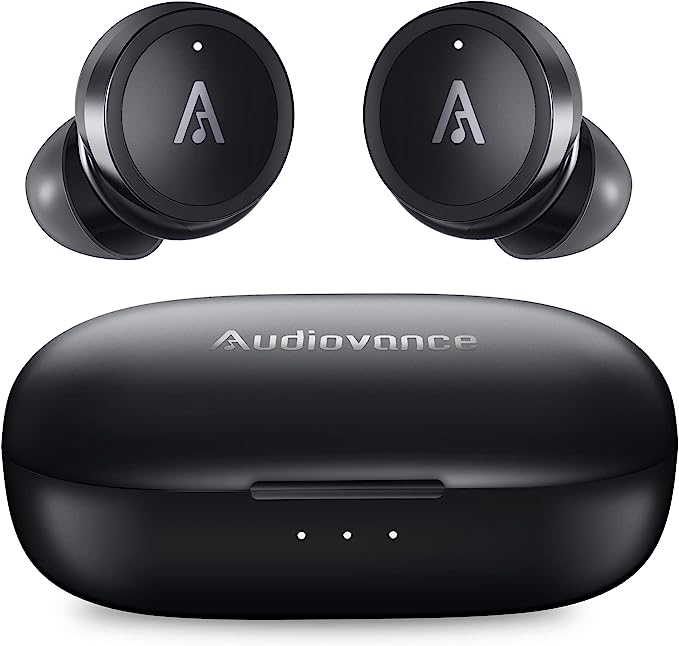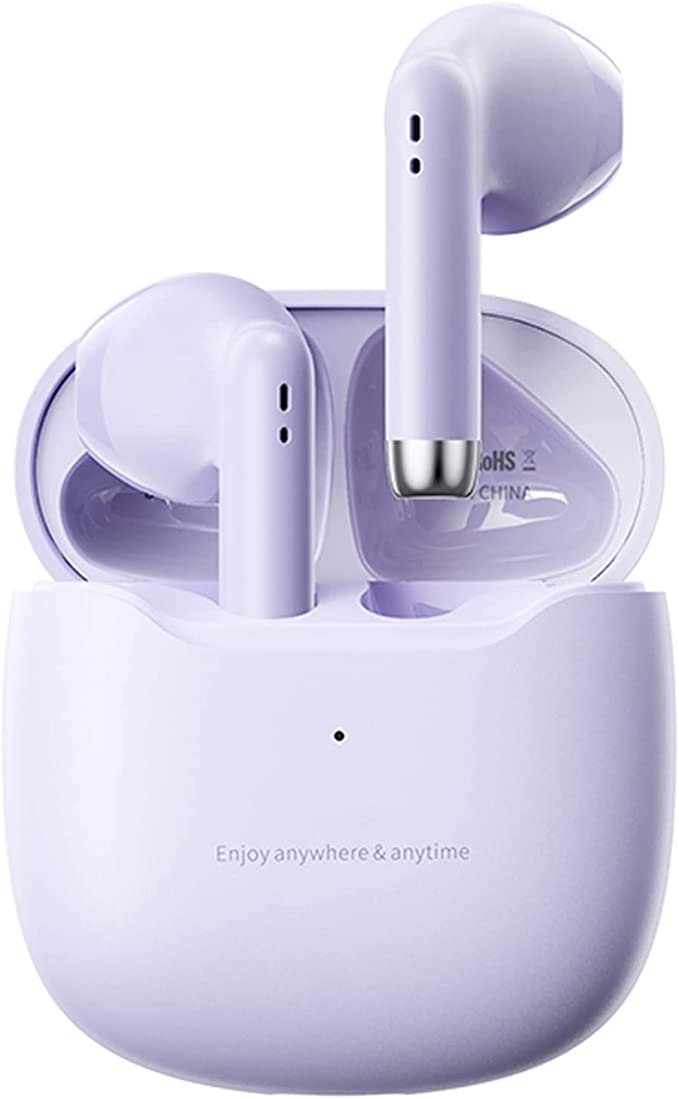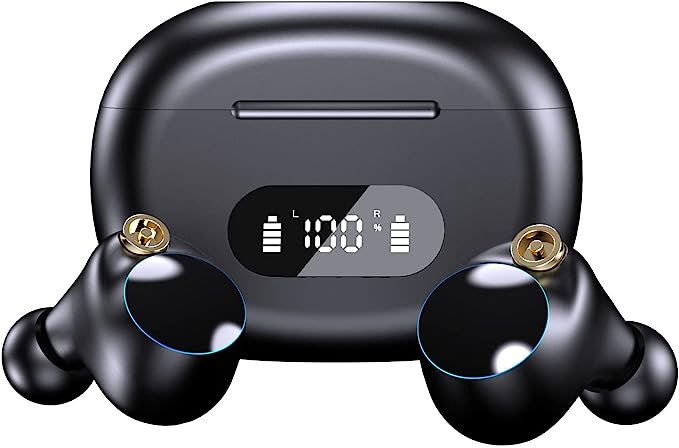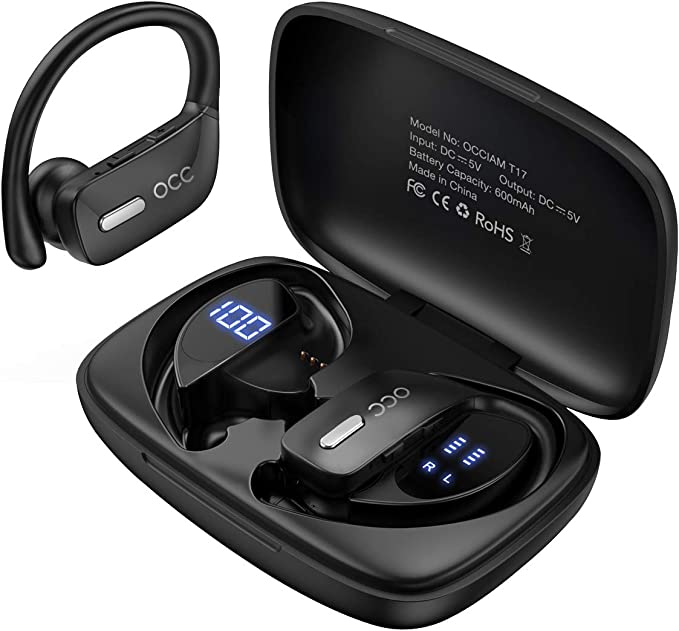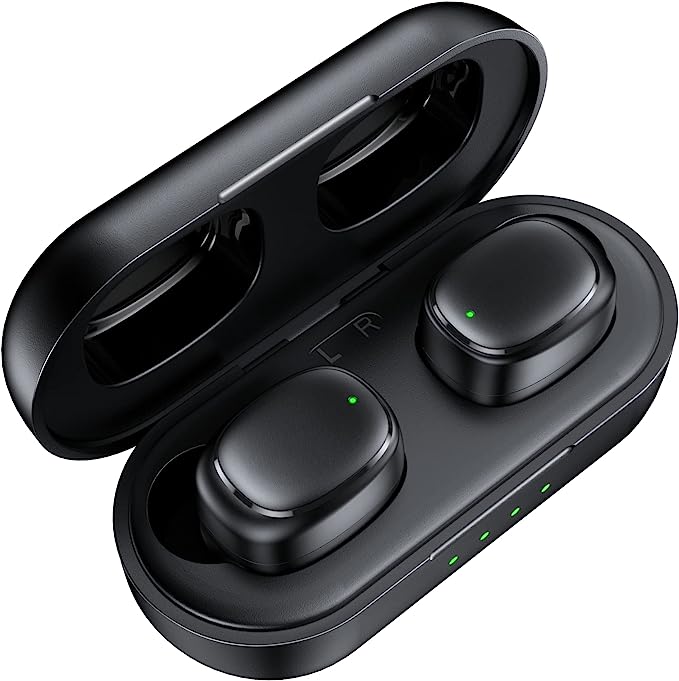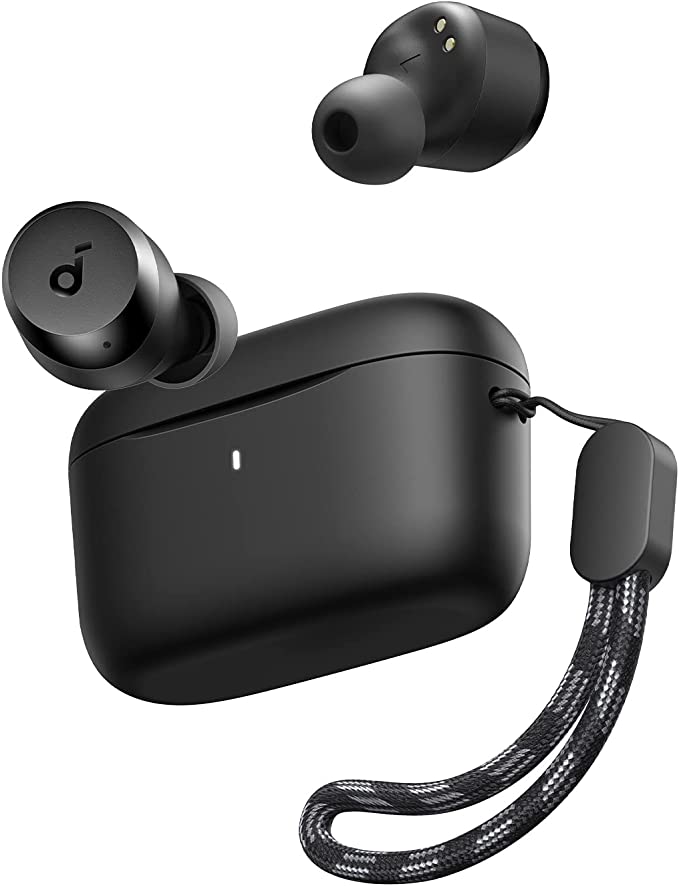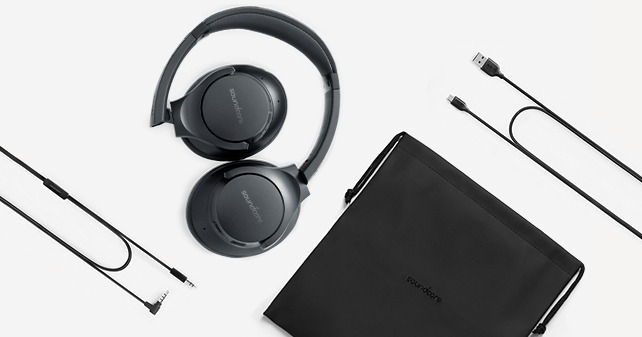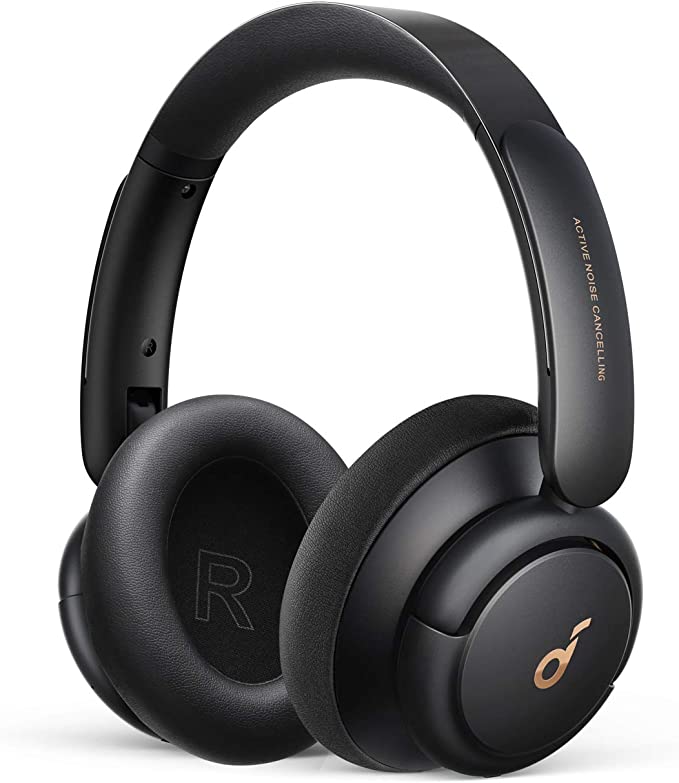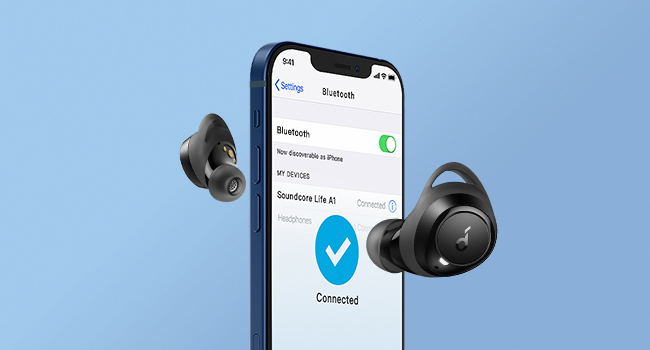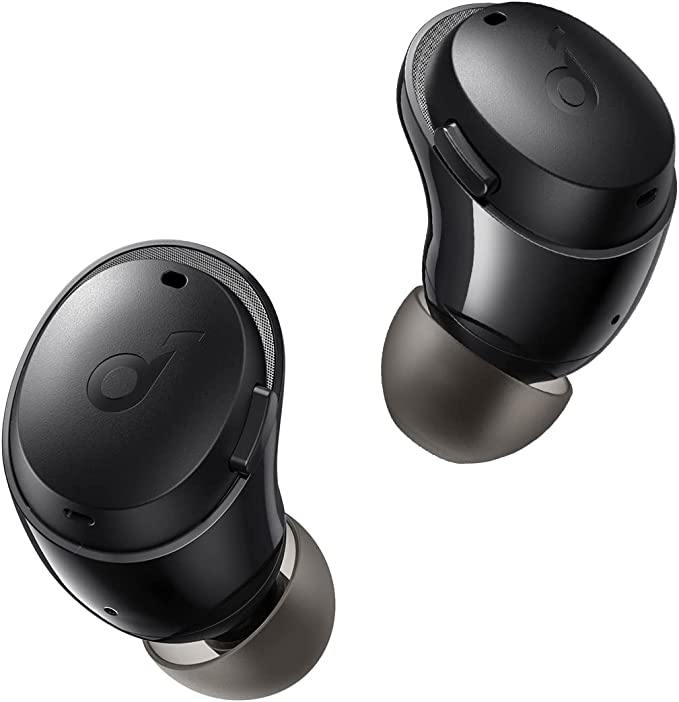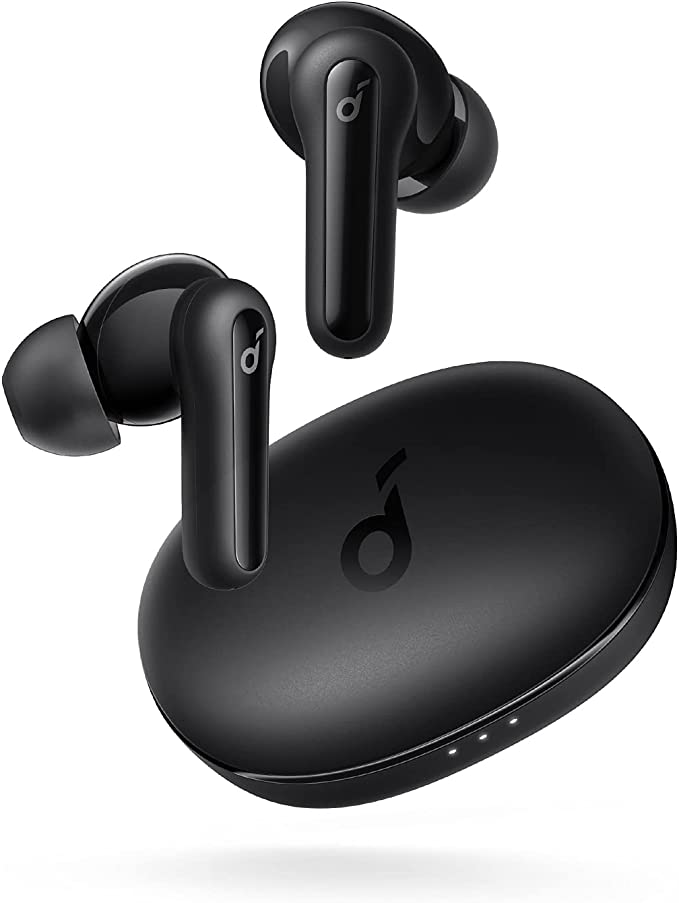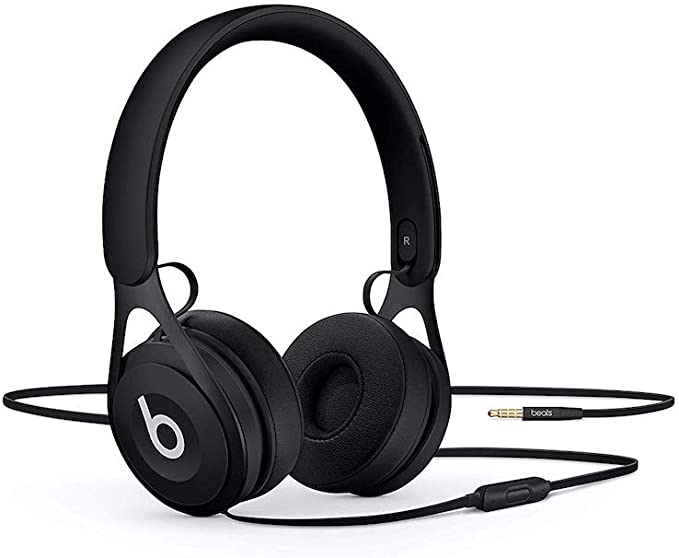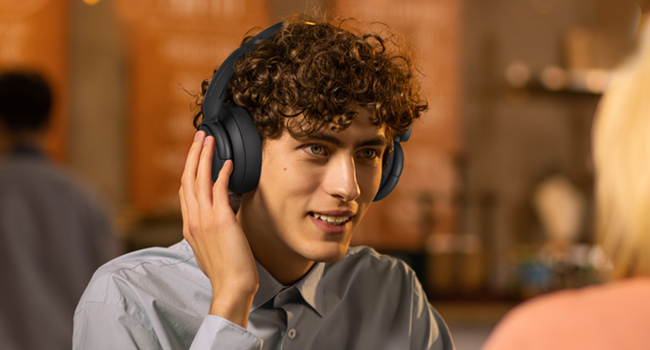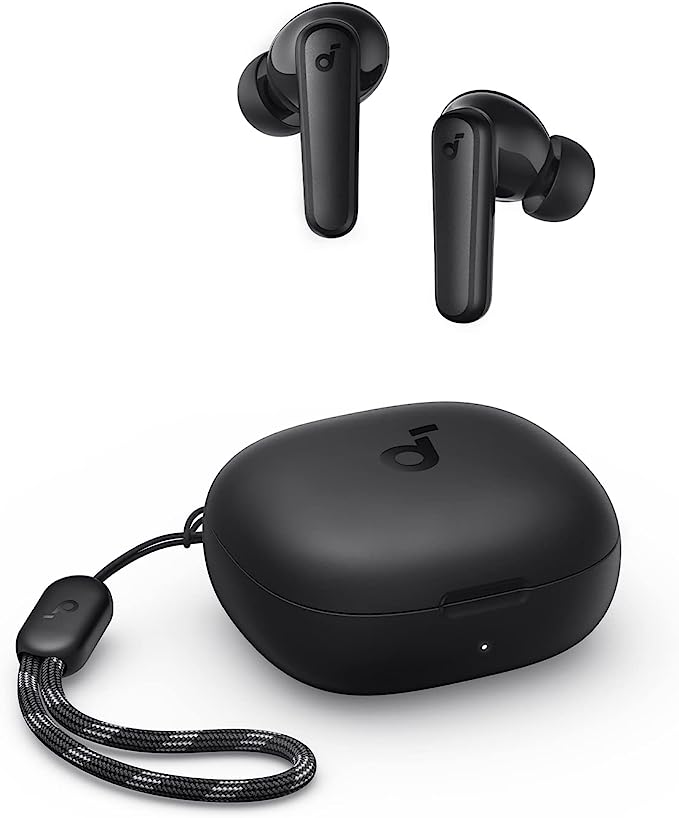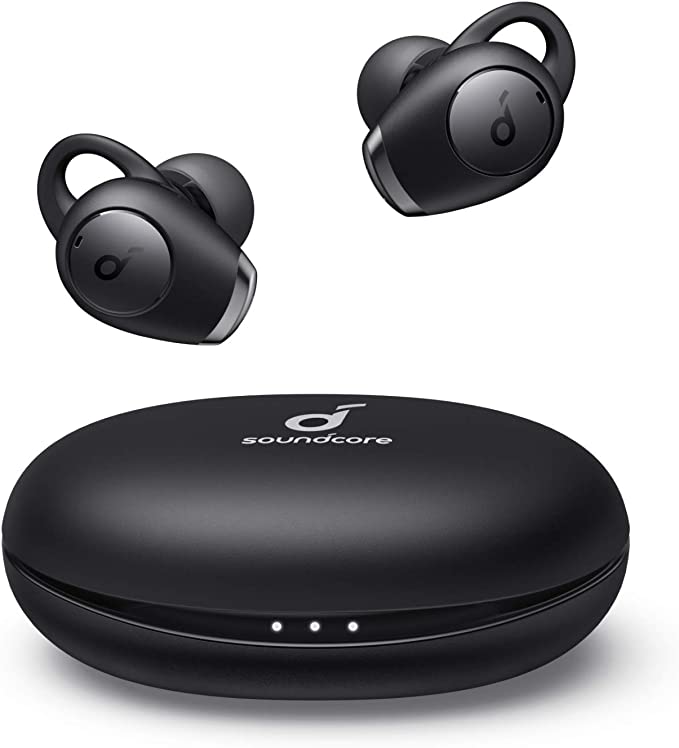Symphonized Wired Earbuds: Natural Wood Acoustics and Noise Isolation
Update on March 7, 2025, 4:09 p.m.
A World Bathed in Sound
We live in a world saturated with sound. From the gentle rustling of leaves to the roar of a city, sound waves constantly bombard our ears, providing us with information, evoking emotions, and shaping our experiences. And in our increasingly digital lives, headphones, particularly earbuds, have become our personal gateways to this sonic world. They’re no longer just accessories; they’re extensions of our auditory experience. But how much do we really understand about the science that makes these tiny devices work?
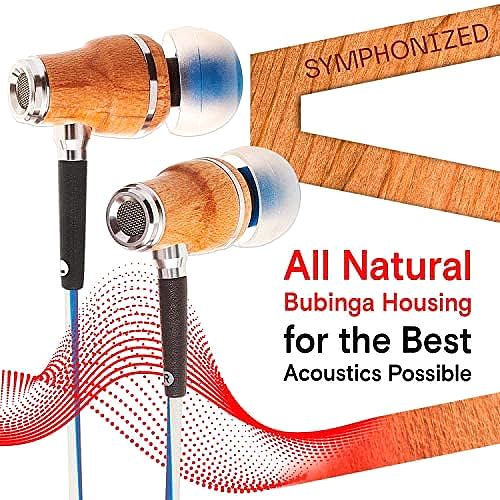
The Ear: Nature’s Microphone
Before we dive into the specifics of earbuds, let’s appreciate the incredible instrument that is the human ear. It’s a masterpiece of natural engineering, capable of detecting an astonishing range of sounds. The outer ear, the part we see, funnels sound waves into the ear canal. These waves then vibrate the eardrum, a thin membrane that acts like a microphone diaphragm. These vibrations are amplified by tiny bones in the middle ear and transmitted to the cochlea, a fluid-filled, snail-shaped structure in the inner ear. Inside the cochlea, thousands of tiny hair cells convert these vibrations into electrical signals that are sent to the brain, where they are interpreted as sound. The sensitivity and frequency range of this process are simply astounding.

From Vibration to Music: The Earbud’s Role
Earbuds, in essence, are miniature loudspeakers designed to deliver sound directly to our ear canals. They take electrical signals from a source (like your phone or computer) and convert them back into sound waves. The core component responsible for this is the driver. Most earbuds use a dynamic driver, which works on the same principle as a larger speaker. A small diaphragm, attached to a coil of wire (the voice coil), is placed within a magnetic field. When an electrical signal passes through the voice coil, it creates a fluctuating magnetic field that interacts with the permanent magnet, causing the diaphragm to vibrate. These vibrations create the sound waves we hear.

Wood: Nature’s Acoustic Wonder
Now, let’s get to the heart of what makes the Symphonized NRG X earbuds unique: their wooden housing. While most earbuds are made of plastic or metal, Symphonized has chosen wood, and for good reason. Wood has been used for centuries in the construction of musical instruments, from violins to guitars to pianos. Its acoustic properties are well-established.
- Density and Resonance: Wood’s density and cellular structure give it a natural resonance. This means that it vibrates in a way that is pleasing to the ear. Different types of wood have different densities and grain patterns, leading to subtle variations in their sonic character. Denser woods, like ebony, tend to produce a tighter, more focused sound, while lighter woods, like maple, can offer a more open and airy sound.
- Damping: Wood also exhibits natural damping properties. This means that it absorbs vibrations quickly, preventing unwanted resonances and distortions. This contributes to a cleaner, more accurate sound reproduction. Imagine tapping on a piece of plastic versus tapping on a piece of wood. The plastic will likely produce a longer, more “ringy” sound, while the wood will produce a shorter, more controlled sound. This damping effect is crucial for achieving clarity in audio reproduction.
- Warm Sound: Wood is often is described “warm”. Warm means, that sounds are rich and full, emphasizing the lower-midrange frequencies.
Symphonized NRG X: A Case Study in Wood Acoustics
The Symphonized NRG X earbuds leverage these inherent properties of wood to create a unique listening experience. The wooden housing acts as a natural acoustic chamber, shaping the sound in a way that is both pleasing and accurate. While the exact type of wood used is not specified in the provided information, it’s likely chosen for its specific acoustic profile, balancing resonance, damping, and tonal characteristics. The result is a sound that is often described as “warm,” “natural,” and “detailed,” with a rich midrange and a smooth, non-fatiguing treble.

Beyond the Shell: Other Acoustic Design Elements
While the wood housing is a key feature, other design elements contribute to the overall acoustic performance of the NRG X earbuds:
- Ear Tip Seal: The earbuds come with a variety of ear tip sizes (12 in total). Achieving a proper seal within the ear canal is crucial for both sound quality and noise isolation. A good seal prevents sound leakage, ensuring that you hear the full frequency range, especially the bass. It also blocks out external noise through passive noise isolation.
- Passive Noise Isolation Explained: Unlike active noise cancellation (ANC), which uses electronic circuitry and microphones to generate anti-noise, passive isolation relies solely on the physical barrier created by the earbud and ear tip. A well-fitted earbud acts like an earplug, reducing the amount of ambient sound that reaches your eardrum.
- Driver Tuning: While we don’t have the specific driver specifications, it’s safe to assume that Symphonized has carefully tuned the driver to complement the acoustic properties of the wood housing. This involves adjusting the diaphragm material, voice coil design, and magnetic field strength to achieve the desired frequency response.
- Cable: The 48”/1.2M Nylon TPE Cable is tangle free.
- 3.5mm Jack: The 3.5mm gold-plated audio jack provide a universal Compatibility.
- Inline Control and Mic User-Friendly Design. Easy To Use. Control volume with +/- inline controls.Pause/Play media with inline remote.Answer/End calls with smart inline microphone.
Wired vs. Wireless: A Quick, Technical Detour
While wireless earbuds are increasingly popular, wired earbuds like the NRG X still hold a strong appeal for audiophiles. The primary reason is sound quality. Wired connections transmit audio signals directly, without the compression and potential signal degradation that can occur with wireless technologies like Bluetooth. While Bluetooth technology has improved significantly, a direct wired connection still offers the potential for the purest, most unadulterated audio signal. Wired earbuds also don’t require batteries, eliminating the need for charging.
Choosing and Caring for Your Earbuds
Selecting the right earbuds is a personal journey. Here are a few tips:
- Prioritize Fit: A comfortable and secure fit is paramount. Experiment with different ear tip sizes to find the best seal.
- Consider Your Listening Habits: If you listen primarily in noisy environments, noise isolation (or active noise cancellation in other models) will be important. If you prioritize sound quality above all else, wired earbuds might be a better choice.
- Read Reviews, But Trust Your Ears: Online reviews can be helpful, but ultimately, the best way to choose earbuds is to listen to them yourself, if possible.
- Care: Store your earbuds in the provided protective case when not in use. Avoid exposing them to extreme temperatures or moisture. Clean the ear tips regularly with a soft, slightly damp cloth. Never immerse the earbuds themselves in water.

The Future of Sound
The world of audio technology is constantly evolving. We can expect to see further advancements in driver technology, materials science, and digital signal processing. Perhaps we’ll see even more sophisticated uses of natural materials like wood, or entirely new materials with even more remarkable acoustic properties. The quest for the perfect sound continues, and earbuds like the Symphonized NRG X represent a fascinating step along that journey. They remind us that sometimes, the best solutions are found in the natural world, combined with clever engineering.
